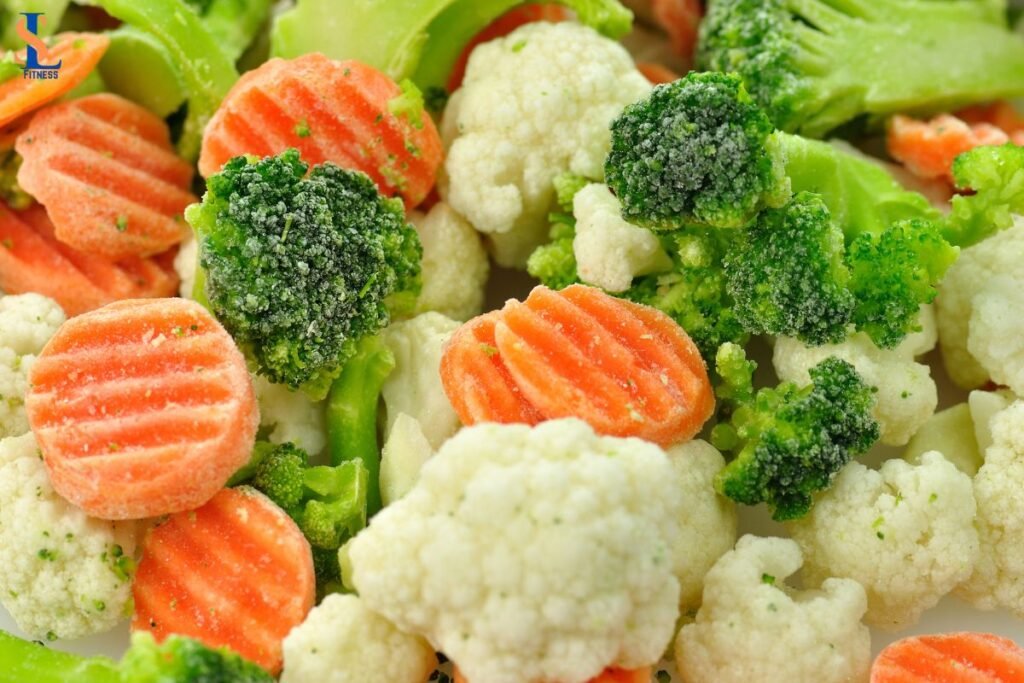Today, I will tell you about vegetables that can be frozen surprisingly well and easily used in cooking. Daily necessities are increasing, and we want to cut food costs as much as possible for our household finances… If you buy more vegetables than usual when they are on sale and freeze them, you can save money.
Vegetables That Can Be Frozen
Surprisingly, most vegetables can be frozen! Some can be frozen as is, while others can be cut, boiled, or otherwise processed before freezing. We will introduce each of these.
Vegetables That Can Be Eaten Raw
Edamame beans (still in the pods)
Mushrooms (Enoki and Shimeji mushrooms need to be separated or the bases cut off, but Nameko mushrooms can be eaten whole)
- Shiso
- Ginger (grated or shredded is fine)
- Corn (with the husk on)
- Tomato (only remove the stem)
- Bean sprouts
As the season comes around, we’ll be using spice vegetables such as shiso and ginger more frequently. We recommend wrapping shiso in plastic wrap one by one and freezing it, but if you feel that this is a bit of a hassle, you can also cut it into thin strips and put it in a ziplock bag. Ginger is also convenient if you grate it and put it in an ice cube tray or other container, so you can defrost the amount you want to use each time you use it.
Another thing you can freeze surprisingly well is bean sprouts. They are often used to bulk up dishes, but they often end up just lying around in the fridge. In that case, just put them in a ziplock bag and freeze them. The texture will be slightly worse when frozen, but if you cook them and use them in stir-fries or hotpot dishes, it won’t be a big deal, so they are a great help to your household budget.
Vegetables That Require Pre-Processing

* Vegetables that require cutting
- Cabbage
- Cucumber
- Sweet potato
- Shiso
- Potatoes
- Japanese white radish
- Onion
- Leek onion (also all-purpose onion)
- Eggplant
- Garlic (peeled)
- Carrot
- Chinese cabbage
- Peppers (and paprika)
- Myoga
If you peel the food and cut it into bite-sized pieces before freezing it, you can use it in cooking without thawing, which will save you time. One concern is that the ingredients may stick together and it may be difficult to thaw only the amount you want to use, so we recommend dividing the ingredients into bags for each use and cutting them into slits so that they are easy to take out.
*Vegetables that require pre-processing such as cooking
- Okra
- Pumpkin
- Komatsuna
- Spinach
This can be cooked and then frozen to save time when you use it. It is especially convenient to cook pumpkins into bite-sized pieces and then freeze them as is or mash them before freezing so that you can use them according to your cooking repertoire.
Vegetables That Should Not Be Frozen
Leafy vegetables such as lettuce are not suitable because they suffer from freezer burn. Even vegetables that are OK to freeze will lose their texture when frozen. Vegetables that you want to eat raw are best cooked and eaten fresh immediately after purchase without freezing them.
Freeze Wisely! What Should You Pay Attention to?
Of course, you can freeze vegetables to use in your daily meals, but there are some things you should keep in mind when freezing them.
When freezing, be sure to wipe off all moisture with kitchen paper, etc.
Store in a tightly sealed container or bag to prevent exposure to air.
Consume as soon as possible (approximately within 2 weeks)
Additionally, when freezing food, it’s a good idea to write the date it was stored on the ziplock bag so you know when you need to consume it.
[Reference] Simple “freezing tricks” to keep vegetables fresh and delicious! | Ministry of Agriculture, Forestry and Fisheries
Also read: https://techdigitaltrend.com/ai-bots-transforming-jobs-and-the-future/

1 comment
[…] because you lose weight once doesn’t mean you can keep it off without any effort. Keeping the weight you’ve […]